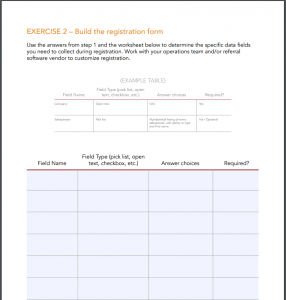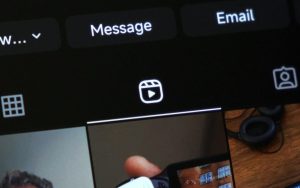Or is it artificial intelligence minus human intelligence = failure?
When responding to questions about AI replacing humans in certain roles, most “experts” claim that AI will replace some jobs but will be a much more valuable tool for augmenting human intelligence and ability. What if they are wrong?
In all of the hype associated with this latest technology wave, a significant trend is occurring across industries that could significantly change the impact of AI — the retirement of the knowledge worker.
We need not look further than the last wave of intelligent technology — the “Internet of Things” (IoT) to see the impact.
What past waves of intelligent technology tell us
The term “Internet of Things” was coined in 1999 by computer scientist Kevin Ashton. While working at Procter & Gamble, Ashton proposed putting radio-frequency identification (RFID) chips on products to track them through a supply chain.
“Machines talking to machines” started rolling out in early to mid-2010, making their way into manufacturing, precision agriculture, complex information networks and for consumers in a new wave of wearables.
Now, having about a decade of experience in how IoT has impacted certain industries and markets, perhaps it can give us some interesting insights into the future of AI.
Cisco launched the “Tomorrow Starts Here” IoT campaign in 2010, at a time when communication networks were transitioning from hardware “stacks” to software development networks (SDN).
The change meant that for carriers to expand their bandwidth, they no longer needed to “rip and replace” hardware. They only needed to upgrade the software. This transition began the era of machines monitoring their performance and communicating with each other, with the promise of one day producing self-healing networks.
Over this same period, network engineers who ushered in the transition from analog to digital began retiring. These experienced knowledge workers are often replaced by technicians who understand the monitoring tools but not necessarily how the network works.
Networks have grown in complexity over the last dozen years to include cellular, with the number of connections growing exponentially. To help manage this complexity, numerous monitoring tools have been developed and implemented.
The people on the other end reading the alerts see the obvious but have difficulty interpreting the issue or what to prioritize. The reason? The tool knows there is an issue but is not smart enough yet to know how to fix it or if it will take care of itself. Technicians end up chasing “ghost tickets,” alerts that have resolved themselves, resulting in lost productivity.
The same thing is repeating itself in marketing today. As one CMO told me, “I can find people who know the technologies all day long, but what I can’t find is someone who thinks strategically. Ask a marketing manager to set up the tools and run a campaign and they have no problem, but ask them to write a compelling value proposition or offer for the campaign and they will struggle.”
It’s easy to get sucked into the tools. AI generators are really intriguing and can do some amazing things. But based on what we have seen, the tools are not smart enough to fully deliver on their promise… yet.
The risks of over-relying on AI
Here’s the warning from IoT — as tools become more knowledgeable, the workforce operating them is decreasing. It is leaving a knowledge gap. As that knowledge is transferred from worker to machine, we must ask ourselves what we’ll be left with. Will our workers have enough experience and expertise to know if what comes out of the machine is accurate, factitious or even dangerous?
In a recent WSJ article, an oncology nurse, Melissa Beebe commented on how she relies on her observation skills to make life-or-death decisions. When an alert said her patient in the UC Davis Medical Center oncology unit had sepsis, she was sure the AI tool monitoring the patient was wrong.
“I’ve been working with cancer patients for 15 years so I know a septic patient when I see one,” she said. “I knew this patient wasn’t septic.”
The alert correlates elevated white blood cell count with septic infection. It didn’t take into account that this particular patient had leukemia, which can cause similar blood counts. The algorithm, which was based on artificial intelligence, triggers the alert when it detects patterns that match previous patients with sepsis.
Unfortunately, hospital rules require nurses to follow protocols when a patient is flagged for sepsis. Beebe could override the AI model if she gets a doctor’s approval but faces disciplinary action if she’s wrong. It’s easy to see the danger of removing human intelligence in this case. It also illustrates the risk associated with over-relying on artificial intelligence.
Business intelligence and human intelligence are key to success
AI will free us from low-value tasks — which is good. But we need to redistribute that time to develop our people and our teams better. The greatest benefit from these game-changing technologies in the business-to-business environment will be realized when we combine equal amounts of human intelligence with machine intelligence.
The post Artificial intelligence + human intelligence = success appeared first on MarTech.
MarTech(6)







